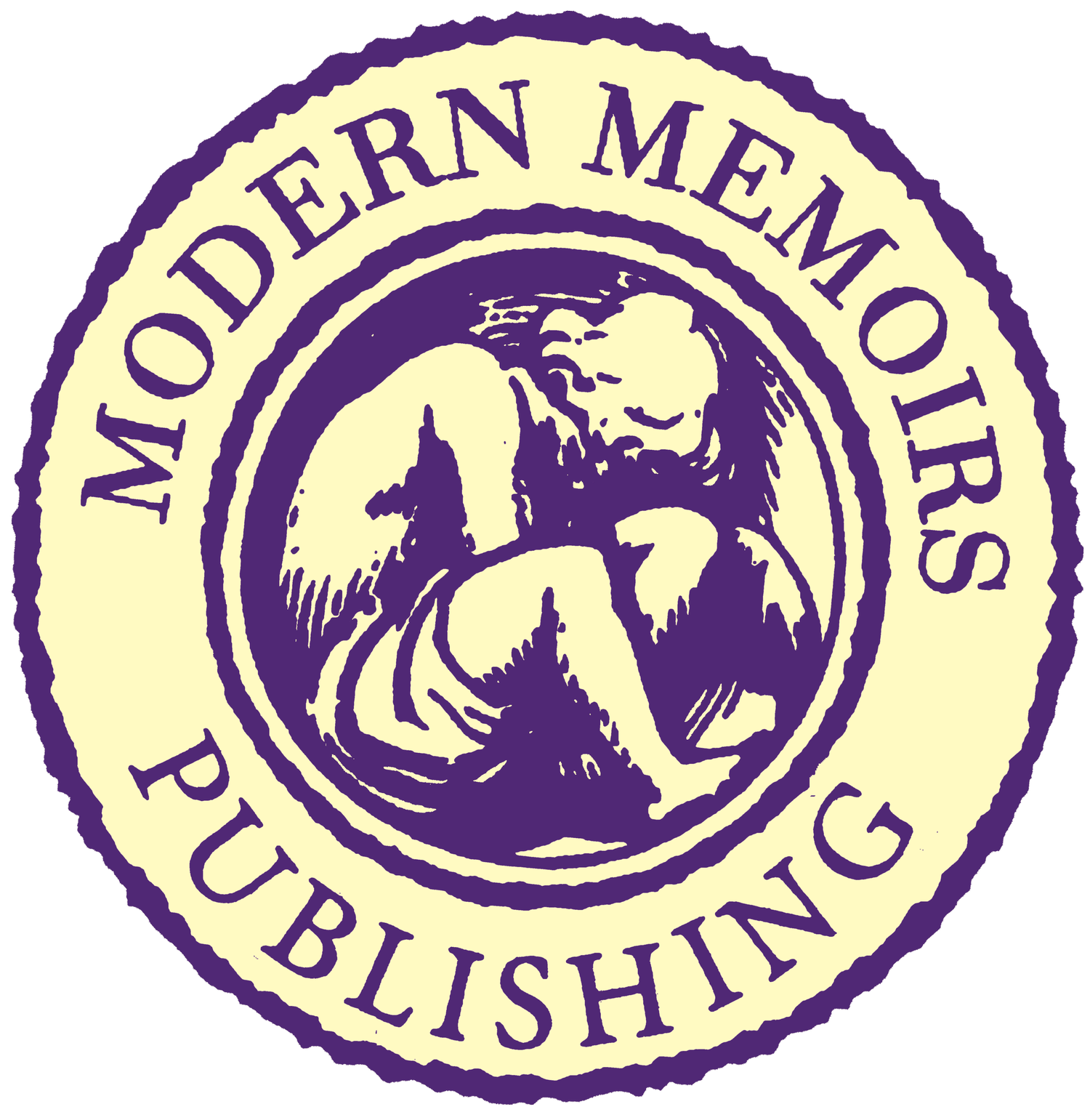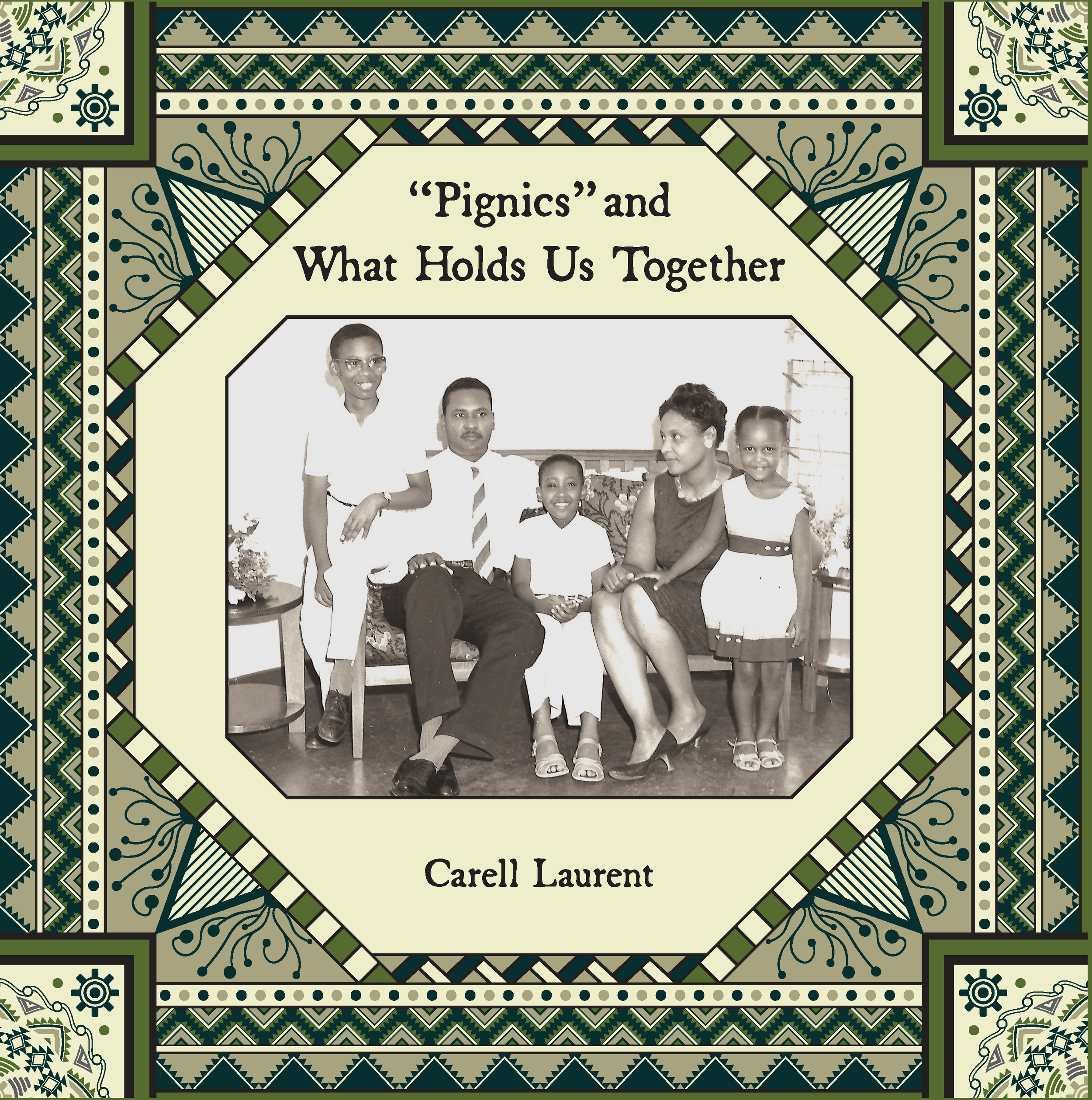Harold Hirshman published his book entitled Sketches from Memory and More with Modern Memoirs in 2023. This Assisted Memoir is an expanded edition of his first book, Sketches from Memory, published here in 2005. The recent project took just six months from the day he contacted us to the day books arrived on his doorstep. We asked Hirshman to reflect on what the publication process was like for him, and what it has meant to share his books with others.
1. In volume one, you describe “how hard the task of remembering is,” and you say that writing is better than photography at recapturing moments from the past. For you, why is remembering difficult, and how does the process of writing help you recollect?
“…memory is illusive, like quicksilver, and is influenced by present conditions.”
Harold Hirshman: Leaving neuroscience to the side, memory is illusive, like quicksilver, and is influenced by present conditions. Trying to evoke what really happened in the past is a daunting task. I cannot exactly say why writing helps, but once I have a pen in hand or even a recording device, the present fades to memory and the event to be described comes to the fore. The result is more than a picture, since it may contain smells, feelings, and emotion. Nonetheless, the reason I chose “sketches” as part of the title was to capture the incompleteness of the worded picture. The book is not a finished painting.
2. In the first volume, you also say there was a certain period in your life when you first felt “permitted” to write. From whom (or what) did you feel you received permission? Why did you believe you needed to be allowed to tell your stories?
Harold Hirshman: My use of the word “permitted” reflects three separate barriers that needed to be removed before I was comfortable writing. The first barrier was self-consciousness. Why would anyone care about my story? The second barrier was caution. I did not want to consciously hurt anyone I was writing about. The last barrier was mechanical. How could I get on paper what I was thinking and feeling? I was in psychoanalysis when most of the first volume was written. The analytic process of saying what comes to mind was critical to how I formulated these sketches. They were not intended to be didactic lessons from my life. They were intended to be like an analytic session—what came to mind as I tracked the starting idea along whatever wending path my mind took. Talking to my analyst convinced me I could articulate thoughts about the past and the present. He insisted that any writing I wanted him to consider had to be read aloud to him. One session, I was reading a piece about my mother and had to stop because I was crying, and so was he. His response showed me that others could relate to my stories. This then removed the barriers except the last, which I chose to address with a pen and legal pad. Fortunately, I have always had a secretary to make my work accessible to others from the handwritten text.
3. Both books share “sketches” about aspects of your life, such as family, faith, career, and more, but you say that deliberate omissions prevent these vignettes from presenting the complete story of your life. Nevertheless, “…they each pack a potent emotional punch,” according to staff member Emma Solis in her recent blog post. How did you choose which stories to tell and which to cut? What were your goals in writing these books, and how did the “sketch” format help you to achieve them?
“So I would have a memory and try to follow it. But I was always conscious of trying to do no harm.”
Harold Hirshman: The wand chooses the wizard, as J.K. Rowling wrote about Harry’s wand. So I would have a memory and try to follow it. But I was always conscious of trying to do no harm. Consequently, there is little about my first wife, or the courting of my second wife, Lorie, or about my children as they grew up. Given the intent not to be didactic and not to try to create a coherent conscious picture of me, the sketch chose me as the appropriate vehicle. As to my goal in writing the book, in some way I fell in love with what I had written and didn’t want it to molder in a manilla folder to be trashed after my death. I guess vanity played a part.
4. You initially wrote out the stories in your first volume on yellow legal pads, and you dictated the new stories for the second volume. Describe the differences between these processes as means of creating a first draft. Were they equally satisfying modes of storytelling? How did you move from handwritten text to a first typed draft? From recordings to a manuscript?
Harold Hirshman: The first volume was essentially handwritten. Then someone asked me to write about my career, and those law stories became the basis of the second volume. They are a longer narrative, and I caviled at the task of so much writing. My typing is not really adequate to create a story. Since I was used to dictating legal material, dictation was a natural alternative. I tried getting my own dictating machine and a speech-to-text app for my computer. Nothing worked, probably because of technical ineptness. Then—I don’t remember when—I learned I could use the “notes” function on my phone, and that became my standard method. Of course, this was reliant on having someone help to create a draft I could work with, and my secretary, Deb, is great. Comparing the two modes of storytelling? Writing a story is like a craft. Your fingers are connected to the words. This is actually my preferred method, but it then requires being typed and also, I get tired writing. Dictating is quicker and not fatiguing, but it is also less magical.
5. How did you know it was “time” to publish your first volume in 2005? What sparked you to take up the project again in 2023, reprinting the first volume and adding chapters that doubled the page count?
Harold Hirshman: My father died in 2002. Several years earlier, I had given him a tape recorder to capture the memories of his life, which he did and which I had transcribed into a manuscript. After he died, I wanted to preserve his words as well as my experiences in the subsequent year of mourning described in the chapter called “Minyan Madness,” hence the first book. By 2023, all of the copies of my first book were long gone. But when I contacted Ali de Groot at Modern Memoirs, she said that one of their technical wizards could resurrect the first book. I was delighted. I also wanted to publish what I had written since the first book. This time my fear of my papers becoming lost in folders when I am dead was augmented by the realization that once I am retired, I will not necessarily have easy access to my documents on the law firm’s computer system. For these reasons, I wanted to save my writings in book form. The second, expanded book was kind of a birthday present to myself—a present that never would have come to be without the help of Modern Memoirs.
Liz Sonnenberg is genealogist for Modern Memoirs.

















